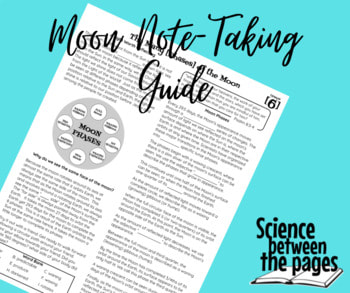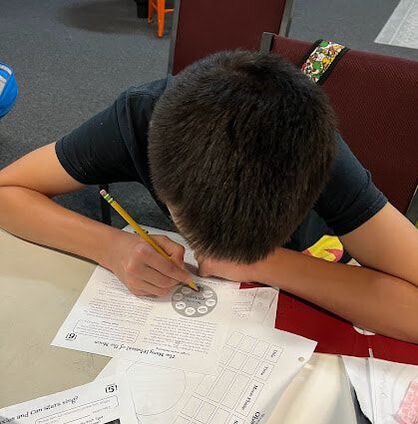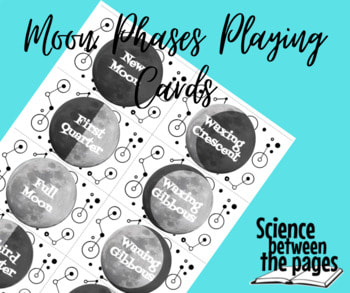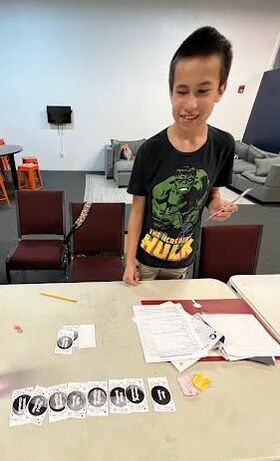manna moment: A light worth reflectingPsalm 8:3-4-"When I look at your heavens, the work of your fingers, the moon and the stars, which you have set in place, what is man that you are mindful of him, and the son of man that you care for him? The moon is different from the Sun in that it is not a star and does not produce its own light. We can see the moon because it reflects the light from the Sun. In the same way, we as Christians should reflect the light of our Savior, Jesus Christ. The light we shine does not come from us but from the Light of the World! Just as the moon can be seen at different phases depending on its position relative to the Sun and Earth, the light we shine is relative to our position before Jesus and among the people He created. What are the Phases of the Moon?The irony that the moon goes through eight phases during one orbit around the Earth, yet we only see the one side of the moon always. Would this be evidence for intentional and intelligent design by a Creator God? Here in our note taking guide, I had the students walk along with me through the different phases. As we did, we filled in the chart on the notetaking guide Some of the points that we learned from the note taking guide were that the moon moves through a very predictable pattern The eight phases of the moon begin with a Waxing Crescent- Waxing means growing First Quarter- Means that the moon has made it one quarter of its orbit around the Earth Waxing Gibbous- Waxing, of course, means growing and Gibbous means 'hump' Full Moon- While this is full to us, the moon is actually only halfway done with its orbit around the Earth. Waning Gibbous- Waning means 'lessening' and Gibbous means hump Third Quarter- The moon is three quarters of the way done with its orbit Waning Crescent- Waning is lessening New Moon- The moon has completed its orbit around the Earth and is now between the sun and the moon so it isn't visible to Earth. Why do we see the same face of the moon?There is short activity that you can do to demonstrate this idea. Try it out with a friend. Get ready to walk forward following a circular path around your friend. Point your elbow towards your friend. Did you rotate 360 degrees? What side of your body did they see? Here is a YouTube video that explains it as well. https://www.youtube.com/watch?v=OZIB_leg75Q Phases of the Moon Card gameHere are some cards that go with this game. You will need 3 'decks' or 3 complete sets of cards for every two people.
0 Comments
Leave a Reply. |
Lead LearnerWelcome! My name is Nicole Fleming and I have been leading science learning in the Bryan/College Station homeschool community for over 10 years. Archives
April 2023
Categories |




 RSS Feed
RSS Feed